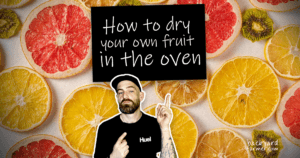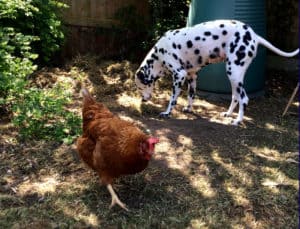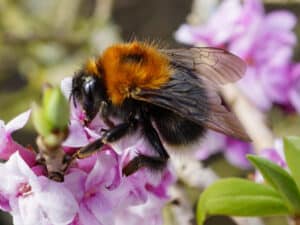Quick Answer: How to Freeze Tomatoes
Wash and dry your fresh tomatoes, lay them on a baking tray to freeze, and then store in airtight bags for up to 12 months. Once thawed, the skins slip off easily, making them perfect for soups, sauces, and stews.
How to Freeze Tomatoes (Updated for 2025)
If you’ve ever wondered how to freeze tomatoes at home, this easy guide walks you through every step. Freezing is one of the simplest and most effective ways to preserve your homegrown tomatoes for later. It helps retain their natural flavour, texture, and nutrients without any fancy equipment. Whether you’re freezing whole, chopped, or blanched tomatoes, this method works beautifully for soups, sauces, and stews. For busy gardeners, freezing is a fuss-free alternative to canning — fewer steps, less waste, and all the same satisfaction.
🌱 Want to grow your own tomatoes year-round? Check out my guide to how to grow tomatoes indoors.
Why Freeze Fresh Tomatoes in 2025?
Freezing tomatoes is the easiest way to preserve your harvest and reduce waste. Unlike canning, which involves sterilising jars and long prep sessions, freezing takes just minutes and keeps that fresh-from-the-garden taste intact. You can freeze tomatoes whole, chopped, or halved, and if you’re short on time, skip the blanching step altogether — the results are still fantastic.
Key Advantages:
- Quick and simple to prepare.
- Locks in natural sweetness and nutrients.
- Perfect for sauces, soups, and stews all year long.
Quick Freezing Tips:
- Lay tomatoes flat on a tray to stop them from sticking.
- Always label your freezer bags with the date and tomato type.
- Use airtight containers or bags to prevent freezer burn.
How to Freeze Tomatoes Without Blanching (Step-by-Step)

- Wash and dry your tomatoes thoroughly.
- Lay them flat on a baking tray and freeze until solid.
- Transfer the frozen tomatoes into freezer-safe bags or tubs, removing as much air as possible.
- Label each bag clearly with the variety and date.
Watch Out: Don’t pile them up until they’re fully frozen, or they’ll clump together.
If you prefer tomatoes with no skin, check out our guide ‘How to peel tomatoes in 4 easy steps’
How to Freeze Cherry Tomatoes (Whole or Roasted)
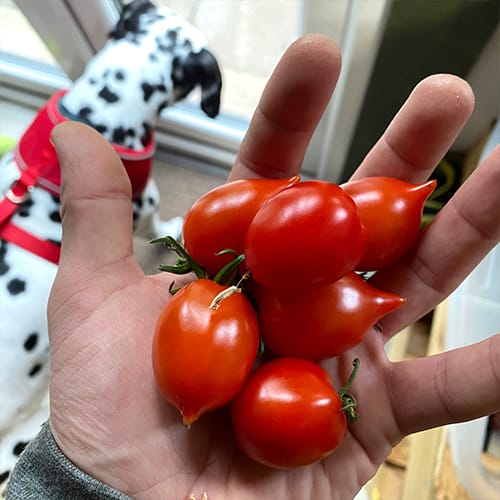
Cherry tomatoes are naturally sweet, juicy, and perfect for freezing. Rinse, dry, and lay them on a tray to freeze. Once solid, tip them into a freezer bag. When you need them, toss them straight into the oven — they roast perfectly from frozen, and their flavour becomes beautifully concentrated.
Tips:
- Excellent for soups, sauces, or pasta dishes.
- Flavour intensifies after freezing.
- Roast from frozen at 180°C for 15–20 minutes.
How to Freeze Green Tomatoes (For Frying or Relish)
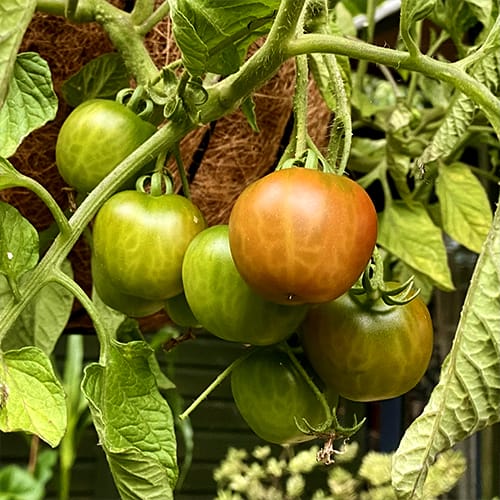
Green tomatoes freeze well, whether raw or coated for frying. Slice firm tomatoes and freeze them in a single layer first. For classic fried green tomatoes, coat slices in breadcrumbs before freezing — they can go straight into the pan when you’re ready.
Best For:
Frying, chutneys, and relishes.
Tip:
Freeze them the same day they’re picked for the best texture and flavour.
How to Freeze Tomatoes for Sauce (and Soup)

If you love making homemade sauce, freezing is a real time-saver. Chop your tomatoes, simmer them briefly to reduce moisture, and cool before freezing. Store in tubs or ice cube trays for handy portion sizes. Add basil or oregano before freezing for a ready-made flavour base.
Best For:
Pasta, soups, and slow-cooked meals.
Tip:
Drain off excess water before freezing to get a thicker, richer sauce.
Quick Reference Freezing Chart
| Tomato Type | Prep Method | Best Use | Freezer Life |
|---|---|---|---|
| Whole Tomatoes | Wash, dry, freeze on tray | Sauces, soups | 12 months |
| Chopped Tomatoes | Dice, freeze in portions | Stews, casseroles | 10–12 months |
| Cherry Tomatoes | Freeze whole, roast later | Roasting, pasta | 10 months |
| Green Tomatoes | Slice, coat for frying | Frying, chutney | 8–10 months |
| Tomato Sauce | Cook, cool, freeze | Pasta, soup bases | 6–8 months |
Defrosting and Using Frozen Tomatoes
When you’re ready to use them, thaw tomatoes overnight in the fridge or add them straight into your recipe. Once thawed, the skins slide off easily, saving you prep time.
Tips:
- Avoid microwaving — it causes uneven heating.
- Drain off excess liquid for thicker sauces.
- Use thawed tomatoes within 3–4 days.
FAQ: How to Freeze Tomatoes & Common Questions
Absolutely! It’s faster and keeps the tomato’s natural flavour. The skins come off easily after thawing.
No need. Once defrosted, the skins slip off with minimal effort.
Yes — cooked tomatoes freeze perfectly and are ideal for sauces or soups.
Use freezer-safe jars, silicone containers, or zip-lock bags for best results.
Yes! Cherry tomatoes are great for roasting, and green ones are perfect for frying or chutneys.
Freezing breaks down cell walls, softening the texture — ideal for cooked dishes, not salads.
Run them under cool water for a few minutes or toss them straight into the pan.
Conclusion: How to Freeze Tomatoes at Home
Freezing tomatoes is one of the best ways to preserve your harvest and enjoy that homegrown flavour all year round. Whether you freeze them whole or chopped, with or without blanching, this method is simple, fast, and effective. For more sustainable kitchen tips, check out Love Food Hate Waste’s guide on how to freeze your food properly.
Key Takeaways:
- Choose the Right Variety: Roma, Amish Paste, or Cherry freeze best.
- Freezing Methods: Whole = easy; Chopped = convenient.
- Storage Tips: Use airtight containers, label clearly, and keep everything organised.
- Bonus Tip: Freeze cherry tomatoes whole for roasting and green tomatoes for frying or relish.
Follow this guide and you’ll have garden-fresh tomatoes ready whenever you need them — perfect for soups, sauces, or everyday home cooking.


